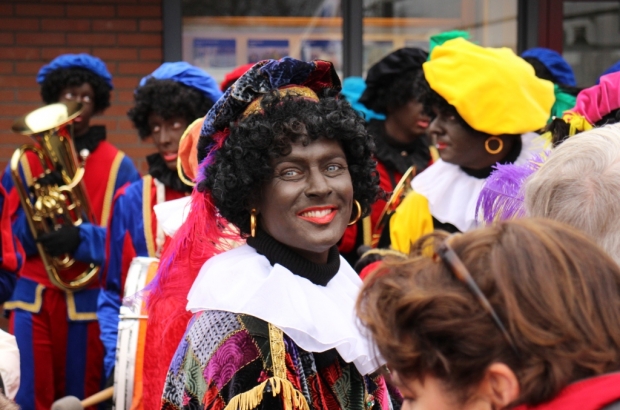- Daily & Weekly newsletters
- Buy & download The Bulletin
- Comment on our articles
Belgian and Dutch folk tradition sparks debate
A heated debate over the exact nature of Zwarte Piet, the helper of St Nicholas, or Sinterklaas in Dutch, has been exaggerated, according to Jozef De Witte, director of the Centre for Equal Opportunities and the Fight Against Racism. He called for a “serene” debate on the question of old folk traditions.
The debate was sparked in the Netherlands, where the question arises at regular intervals in the season leading up to 6 December, the saint’s holy day when children across the Netherlands and Belgium receive gifts.
In both countries, Sinterklaas is accompanied by a number of helpers called Zwarte Piet, dressed in costumes of Moorish pages, wearing curly afro wigs and painting their faces black. The role of Zwarte Piet is to hand out sweets and gifts to good children and to punish the naughty, usually, according to legend, by carrying them off in a sack to Spain.
Critics point out that Zwarte Piet is racist, a symbol of the days of slavery. The blackface worn by those taking part is considered an obvious sign of this. Supporters, of whom there are a great many, even in the most progressive media, argue that Piet is black from soot stains incurred when he goes down the chimney and that he represents an Arab dealer who helped the historical St Nicholas rescue children from the slave trade.
The matter has now come to the attention of the United Nations, after the Dutch government applied to have its Sinterklaas festivities included in the world cultural heritage register, a recognition handed out to local traditions, including in Flanders the Aalst Carnival and the Procession of the Holy Blood in Bruges.
“You can’t claim to be world heritage and at the same time ignore a number of international norms like the UN treaty on racism,” De Witte said. He said, however, that Zwarte Piet was not a symbol of intentional racism. “I don’t think Zwarte Piet needs to worry about being taken off in handcuffs.”




















Comments
I suppose the fact that they are discussing it is indeed a good sign. It may not be intentional racism, but racism is deeply woven into the fabric of their society and culture. It is no surprise that they don't recognise it as being racist.
Dressing up as a caricature of a black person is such fun!
So ignorant!
@property -- Utterly and completely ridiculous! "Their" culture?? Who is being a racist now? So enlightened!